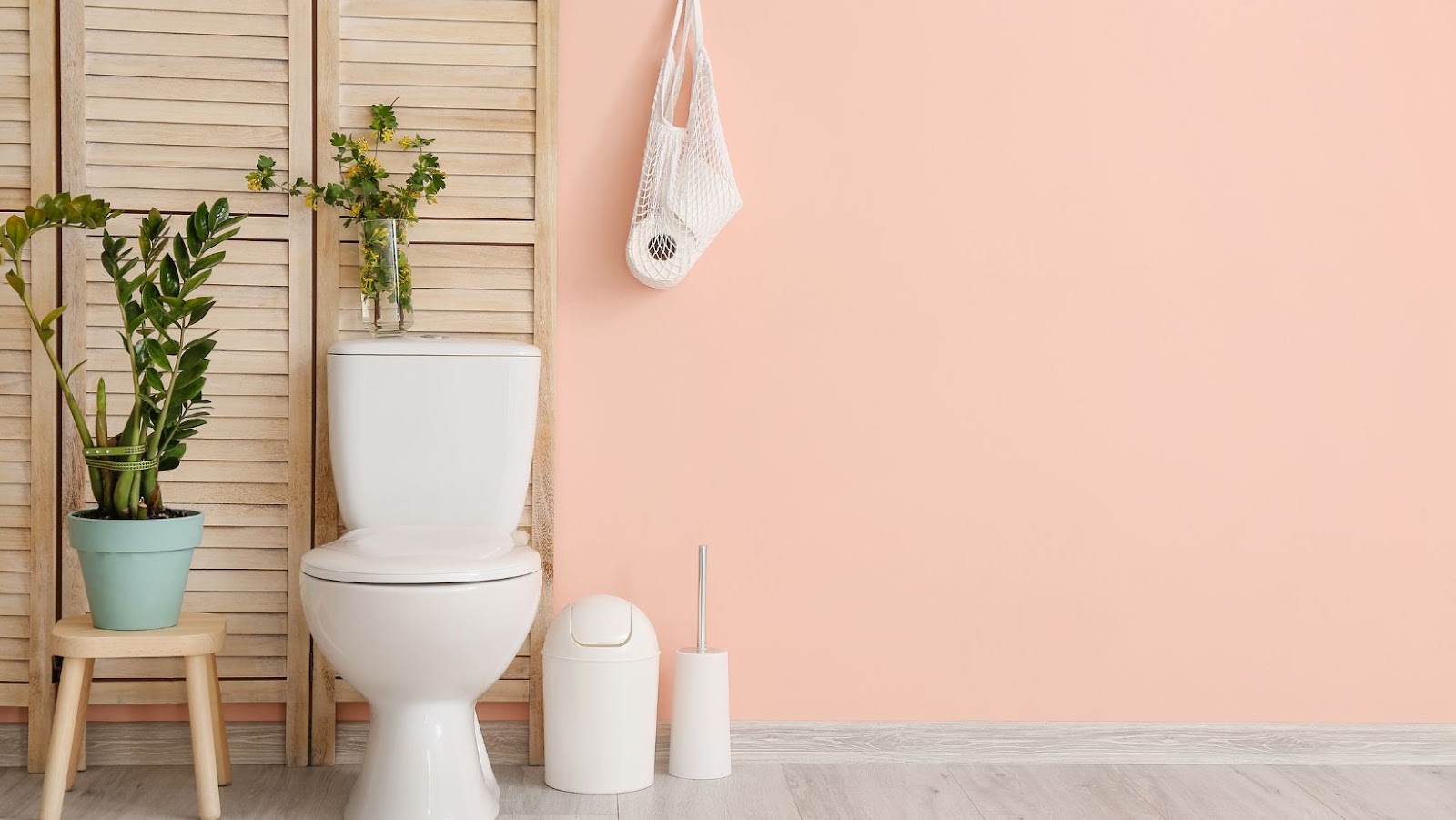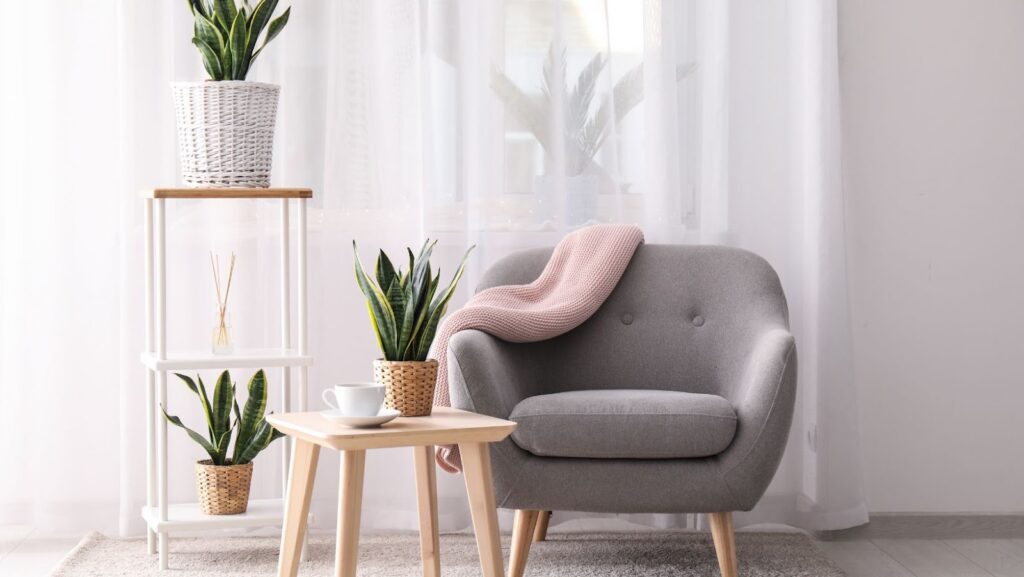Using interior plants to breathe life into your living room can be a great way to add a touch of nature to your home.
You can choose from an array of different plants, including succulents, Aloe Vera, Peace lily, and Elephant bush.
There are plants that thrive in low light and are able to survive in dry, indoor areas as well.
Aloe Vera
In addition to its hydrating qualities, aloe also provides a variety of medicinal benefits, such as soothing sunburned skin and cold sores.
Its unique, bold appearance also matches many contemporary decorating schemes. It’s easy to care for and relatively hands-off, making it a great addition to any home.
The plant is short-stemmed and succulent, with thick greenish-fleshy leaves and serrated margins. It is a low-water plant and is usually hardy.
It’s best to keep your aloe plant in a pot, which should be terra-cotta or plastic. This allows the soil to dry completely between waterings. It should also have drainage holes in the bottom, which allow excess water to drain away.
Aloes are most effective in temperatures of 55-80degF. However, they can also be kept indoors during the colder months.
You should make sure that your aloe plant gets at least six hours of sunlight each day. Younger aloes need less direct sunlight than mature plants.
If you want to keep your aloe plant in your living room, try placing it near a window that faces south or west. This will provide bright, indirect light, which helps the aloe stay warm and prevents etiolation, which weakens the stems.
A good rule of thumb is to water your aloe once a month. It’s better to err on the side of caution and not overwater your plant so that you don’t end up with brown aloe leaves and roots.
Fiddle Leaf Fig
They produce a lot of oxygen, and they also filter the air.
But you need to give them the best possible environment. You need to make sure you have the right type of soil. Fiddle leaf figs grow best in soil that is slightly moist and nutrient-rich. They prefer to have a good drainage system to prevent water from soaking their roots.
Keep an eye on the fiddle leaf fig’s temperature. They are happiest in warm, humid climates. If the humidity gets too high, the leaves can dry out and die. They can even strangle their host plant.
Give the Fiddle leaf fig a generous drink! It should be watered every week or so. You can get a moisture meter to ensure you’re giving your fiddle the appropriate amount of water.
Make sure that the pot has drainage holes. If the soil isn’t draining, you could end up with root rot.
You might want to trim the root ball of your fiddle leaf fig. It can be done in the springtime. This is also a good time to give your fiddle the proper fertilizer. You can buy a liquid fertilizer or try a baking soda and mineral oil solution.

Elephant Bush
The plant is low maintenance and requires little water.
The foliage is edible and non-toxic to pets. The plant is drought resistant and is known for its small but elegant leaves. It’s also a good candidate for bonsai.
To ensure the success of the plant, you’ll want to get it the right type of pot. A porous pot with a drainage hole is ideal.
A light curtain is also a good option to provide some shade to your Elephant Bush. This is because the plant is not frost-tolerant. However, it’s not impossible to keep it alive and well indoors.
The plant can be propagated by rooting the leaves, although this will take a little more time than just watering it. You can also get it to grow by taking the right type of cuttings.
You’ll also want to keep your plant in a cool, dry area. The plant does very well in USDA zones 9b to 11b. The plant does not like temperatures below 60 degrees Fahrenheit. If you live in a cooler climate, you may want to consider a humidifier to help maintain the humidity level.
Night-Blooming Cereus
Known as the Queen of the Night, the Night Blooming Cereus is a member of the cactus family.
This unique plant is characterized by its large, white, fragrant flowers. These flowers are often columnar or shaped like the head of a small person.
The Cereus flower is the centerpiece of a cactus collection. Its alien-like outer part is shaped like a cone. The inner part of the plant is a dense collection of vines. As the plant matures, the Cereus will produce more flowers. Each flower opens for one night.
There are wide varieties of night-blooming Cereus. Some are perennial, meaning that they will flower each year. Others bloom once or twice. Some types of night-blooming Cereus produce fruit. The edible fruit is brightly colored and tastes pleasant.
The best time to see the flowers is after dusk. This is because the sun is not strong enough to burn the night-blooming cereus leaves. However, if the sunlight is too bright, the plants can dry out completely.
The Cereus can be grown indoors in cold climates, but they are generally better outdoors. In warmer climates, they need water every few weeks. They should be planted in sandy soil that is mixed with caliche. In winter, they should be watered only a few times a month.
The night-blooming Cereus is a tropical plant that grows to 10 feet in the wild. In addition to its flowers, the Cereus is also known for its long, tough stems. Its leaves are wide and thick.
Peace Lily
It’s not only a beautiful decorative plant, but it can also reduce low humidity and give you a better night’s sleep.
The peace lily is a tropical plant native to the South American rainforests. This plant is also known as the white stripe. It’s a great addition to any living room, bedroom, or office. In fact, it can grow up to four feet in an indoor setting.
You can easily care for a peaceful lily by keeping it consistently moist. Water the plant once a week during the summer and once every two weeks in the winter. You can also control pests with insecticidal soap.
Another benefit of having a peace lily is the purifying air it produces. The plant absorbs pollutants through the leaves and sends them to the roots. It’s even able to remove acetone from adhesives and electronics.
If you’re not into flowers, the peace lily will still brighten your living space. The plant can be given as a gift, or it can be displayed in a separate room.
When it comes to health, a peace lily can help improve your sleep and boost your energy levels. It can also lower the chances of mold growth and powdery mildew. It’s also known to remove harmful gasses, chemicals, and VOCs from the air.

Succulents
Succulents can improve the quality of the air in your home.
They are particularly effective at removing VOCs from the air. These substances are often found in rugs, ink, and cigarette smoke.
Succulents are also known to produce oxygen continuously. This is beneficial for people who suffer from colds or flu and can increase the amount of oxygen that is breathed in by those who are ill.
Succulents can also help you boost your memory, concentration, and productivity. They can also improve your mood and decrease the chances of you getting sick.
One of the best reasons to keep a plant in your home is the health benefits it can provide.
Succulents have been around for thousands of years. It’s no surprise that they have become popular houseplants. They are also easy to grow and can thrive in just about any environment.
In the past few years, succulents have become more popular and have made their way into the homes of everyone, from office workers to college students. They are an easy way to bring a little bit of nature into your home, and they are affordable.
Conclusion
Interior plants can be a great way to inject some life into the living room. Not only do they look beautiful, but they can also improve the air quality in your home.
Plus, they are low maintenance and easy to care for. With so many different types of plants available, you can choose something that fits your style and decor perfectly.


More Stories
The Influence of Minimalism on Modern Interior Trends
Trends of Bathroom Vanities in 2025: A Guide for the US Audience
What Makes Wave Curtains the Finest Choice for Modern Homes?